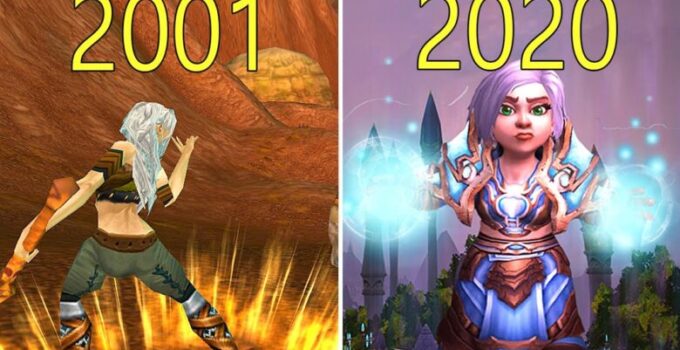World of Warcraft (WoW) has reigned as one of the most influential online multiplayer games since its release by Blizzard Entertainment in 2004. Over the years, WoW has morphed through expansions and patches, each introducing new content, mechanics, and narratives. This article explores the evolution of WoW, tracking its journey from the original release to the most recent expansions.
The Evolution of World of Warcraft
Vanilla WoW (2004-2007):
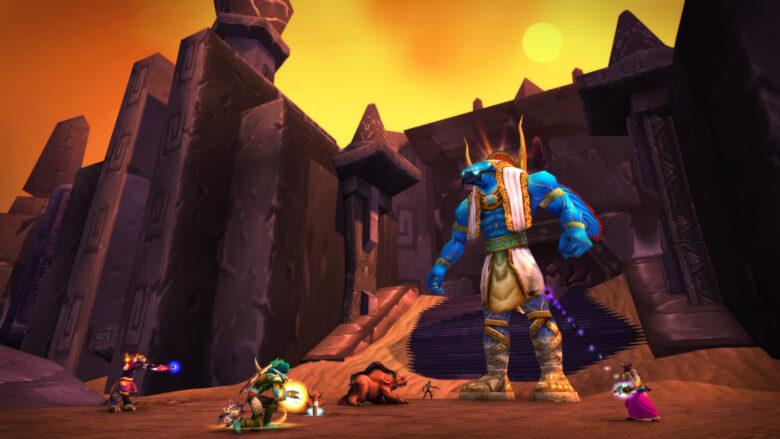
Source: techradar.com
Vanilla WoW, referring to the original release of “World of Warcraft” (WoW) from 2004 to 2007, holds a special place in the hearts of many longtime players. It marked a milestone in the MMORPG genre, setting new standards and expectations for online gaming. Vanilla WoW was renowned for its immense open world, filled with a diverse array of races, classes, and factions, where players could embark on quests, engage in player-versus-player (PvP) combat, form alliances in guilds, and explore the rich lore and environments of Azeroth.
The game required significant investment of time and cooperation from players, promoting a strong sense of community and camaraderie. The difficulty and time-consuming nature of leveling up, completing dungeons, and obtaining gear in Vanilla WoW are aspects often nostalgically remembered by players who enjoyed the game during this era. In 2019, Blizzard Entertainment released “World of Warcraft Classic” in response to the enduring popularity and demand for the original, unaltered experience of Vanilla WoW.
The Burning Crusade (2007-2008):
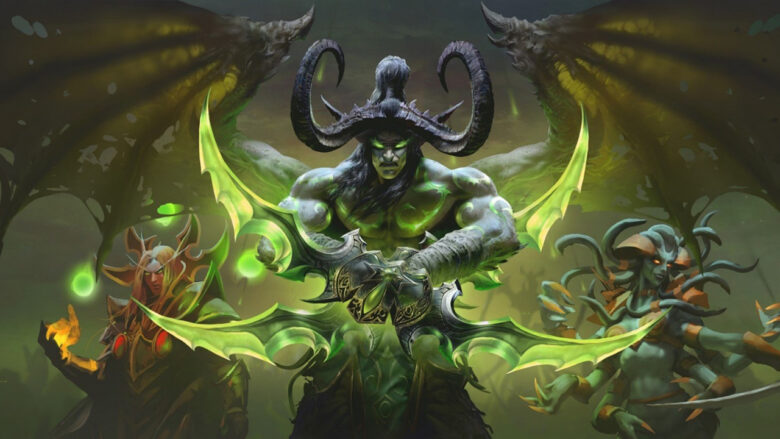
Source: pcgamer.com
“The Burning Crusade,” released in 2007, stands as the first expansion for WoW, bringing extensive new content and innovations to the game’s universe. This expansion allowed players to explore the Outland, a new, alien world filled with unique races, monsters, and environments vastly different from the original world of Azeroth. Players were introduced to two new playable races: the Blood Elves for the Horde and the Draenei for the Alliance. “The Burning Crusade” raised the game’s level cap from 60 to 70, offering fresh and more challenging quests, dungeons, and raids.
The expansion also introduced flying mounts, allowing players to explore the game world from a new perspective, and the Arena PvP system, which gave players the opportunity to test their combat skills against each other in organized team battles. “The Burning Crusade” is celebrated for enriching the WoW experience, offering fresh adventures and opportunities for cooperation and conflict among players.
Wrath of the Lich King (2008-2010):
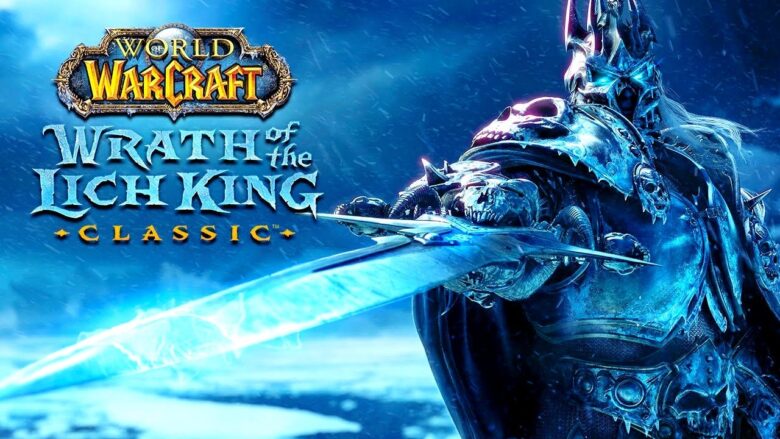
Source: tasta.me
“Wrath of the Lich King,” released in 2008, is the second expansion for World of Warcraft, further expanding the game’s universe and adding new dimensions to gameplay. This expansion brings players to the cold, harsh continent of Northrend, where the malevolent Lich King Arthas Menethil and his army of undead scourge await.
Elevating the game’s level cap from 70 to 80, “Wrath of the Lich King” introduced the Death Knight, a new hero class that starts at level 55, offering a unique playstyle and abilities. Players faced a variety of new challenges, including intricate dungeons and raids, such as the notable Naxxramas and Ulduar, providing ample opportunities for acquiring powerful gear and experiencing rich narrative content.
The expansion is lauded for its engaging storytelling, atmospheric environments, and the introduction of various features like the achievement system, which further augmented the gameplay experience, solidifying WoW’s place as a titan in the MMORPG genre.
Cataclysm (2010-2012):
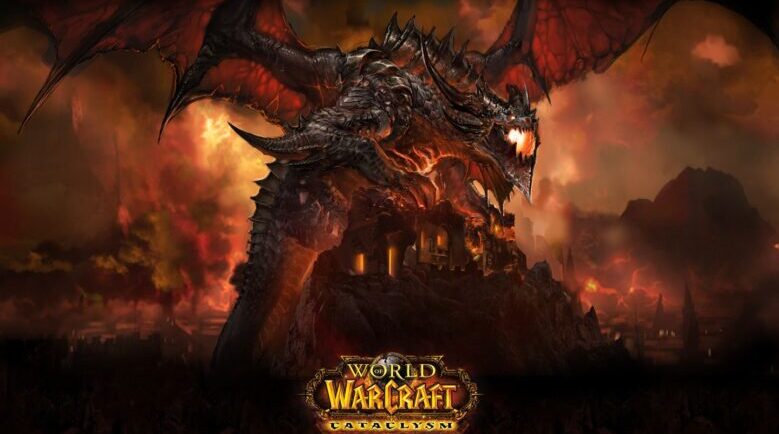
Source: wccftech.com
“Cataclysm,” released in 2010, represents a seismic shift in the World of Warcraft (WoW) universe. The expansion is marked by the return of the fearsome Dragon Aspect, Deathwing the Destroyer, whose resurgence from the Elemental Plane dramatically reshapes the landscapes of Azeroth. In this transformed world, players explore newly revamped zones, and two new playable races are introduced: the enigmatic Worgen for the Alliance and the inventive Goblins for the Horde. Cataclysm elevates the level cap from 80 to 85 and introduces new dungeons and raids, offering fresh challenges and compelling storyline developments.
The expansion also overhauls many of the game’s original areas, updating them with enhanced graphics, quests, and mechanics to align with the evolved gameplay and narrative of WoW. “Cataclysm” represents a period of significant change and innovation for the game, reinforcing WoW’s ability to reinvent itself and continue to captivate players around the globe.
Mists of Pandaria (2012-2014):
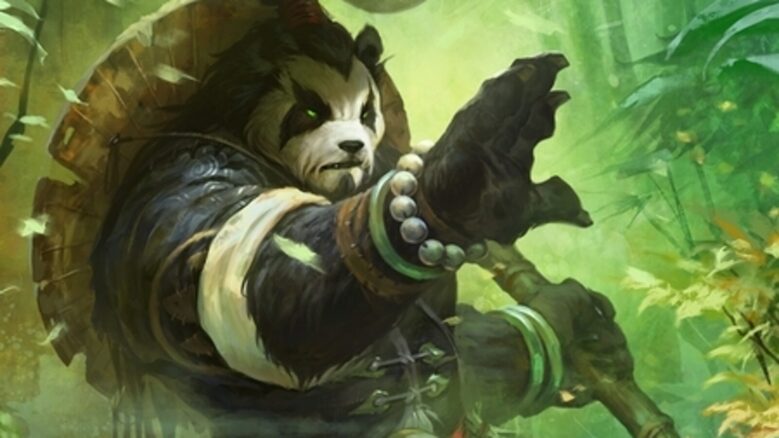
Source: eurogamer.net
“Mists of Pandaria,” released in 2012, is the fourth expansion for World of Warcraft, unveiling the previously obscured continent of Pandaria. This expansion introduces the Pandaren as a playable race, notable for being the first neutral race in WoW, allowing players to choose to align with either the Alliance or the Horde after reaching a certain level.
The level cap is raised to 90, and a new class, the Monk, is introduced, offering players a fresh and unique gameplay experience. Mists of Pandaria is characterized by its rich, Asian-inspired mythology and aesthetics, a departure from the traditional high-fantasy settings of previous expansions.
It includes new features such as the Pet Battle system, which allows players’ companion pets to fight against each other in strategic turn-based combat, and scenarios, short, story-driven instances for small groups of players. With its emphasis on peace, balance, and exploration, Mists of Pandaria brings a more contemplative and serene tone to the World of Warcraft experience, complemented by its lush, vibrant environments and intricate cultural lore.
Warlords of Draenor (2014-2016):
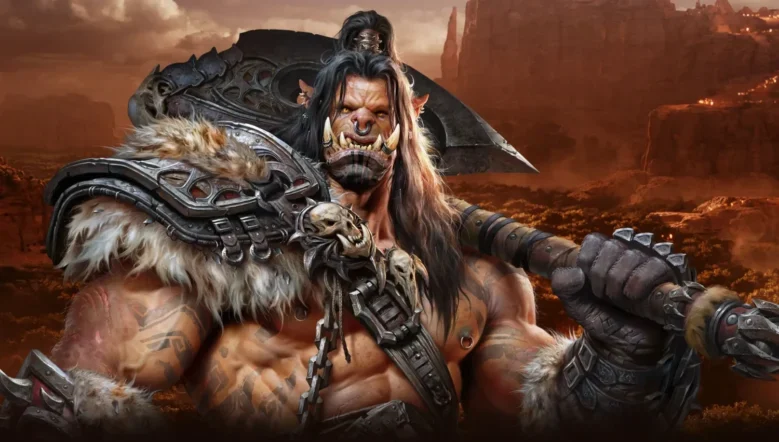
Source: worldofwarcraft.blizzard.com
“Warlords of Draenor,” the fifth expansion for World of Warcraft, released in 2014, takes players to the world of Draenor, the original homeland of the Orcs and refuge for the Draenei. The expansion unfolds a storyline where characters confront orcish clans and ancient, primordial forces. Raising the level cap to 100, Warlords of Draenor introduces the Garrison feature, allowing players to build and upgrade their own personal fortress, recruiting NPC allies and collecting resources for their adventures.
The expansion delivers updated player character models and animations, enhancing the visual aesthetics of the game. Despite these additions, Warlords of Draenor faced criticism for its lack of endgame content and other issues, which prompted Blizzard to quickly turn its focus to the subsequent expansion, “Legion.” Nevertheless, Warlords of Draenor is notable for its contribution to the ongoing narrative of WoW, its exploration of Orcish culture and lore, and the introduction of innovative gameplay features.
Legion (2016-2018):
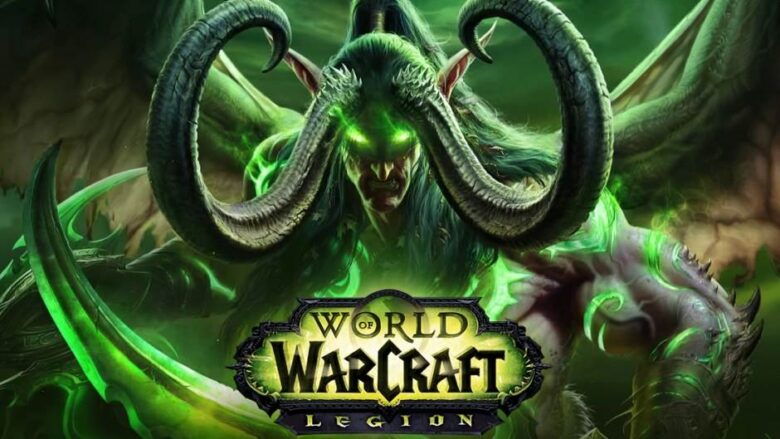
Source: smartlife.mondo.rs
“Legion,” released in 2016, marks the sixth expansion and is widely regarded as a high point in the game’s history, heralding a renaissance in terms of content, storytelling, and gameplay mechanics.
The expansion unfolds as the Tomb of Sargeras is reopened, unleashing the Burning Legion upon Azeroth once again. Players embark on a journey to the Broken Isles, a new continent filled with hidden secrets, ancient civilizations, and the mighty Pillars of Creation. The level cap is elevated to 110, and Legion introduces the Demon Hunter class, granting players the ability to explore new abilities and gameplay styles.
An innovative feature of this expansion is the Artifact Weapon system, where players can wield powerful weapons that level up and grow in strength along with them. Legion’s comprehensive endgame content, including World Quests, Suramar campaign, and a range of dungeons and raids, received widespread acclaim for their design and implementation, offering engaging and rewarding gameplay experiences for both new and veteran players alike.
Battle for Azeroth (2018-2020):
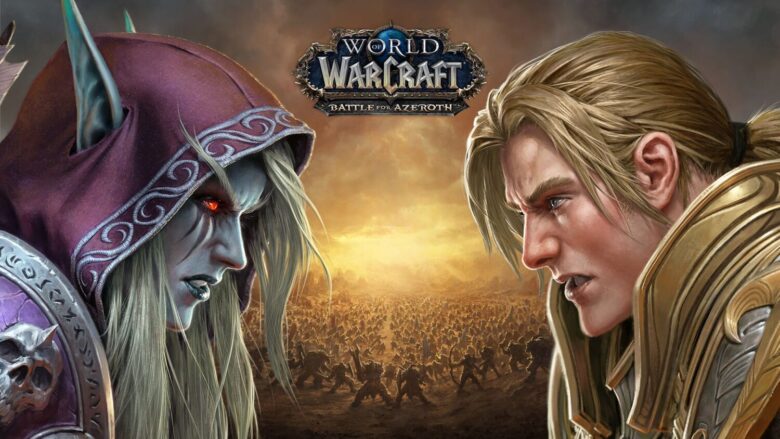
Source: trustedreviews.com
“Battle for Azeroth,” released in 2018 as the seventh expansion, reignites the age-old conflict between the Alliance and the Horde following the defeat of the Burning Legion in the previous expansion.
Players are drawn into the heart of war, journeying to new and diverse landscapes including the seafaring kingdom of Kul Tiras and the ancient, troll-dominated empire of Zandalar. The expansion raises the level cap to 120 and introduces new playable Allied Races, each with unique racial abilities and aesthetics.
Battle for Azeroth places a heavy emphasis on faction warfare, featuring Warfronts, large-scale cooperative PvE mode inspired by classic real-time strategy games. Players can also participate in Island Expeditions, fast-paced, three-player co-op PvE scenarios where teams explore uncharted isles across the Great Sea. Despite its ambitious scope and the introduction of several novel gameplay mechanics, Battle for Azeroth garnered mixed reception from players and critics, who cited issues such as game balance and lack of compelling endgame content.
Shadowlands (2020-2022):
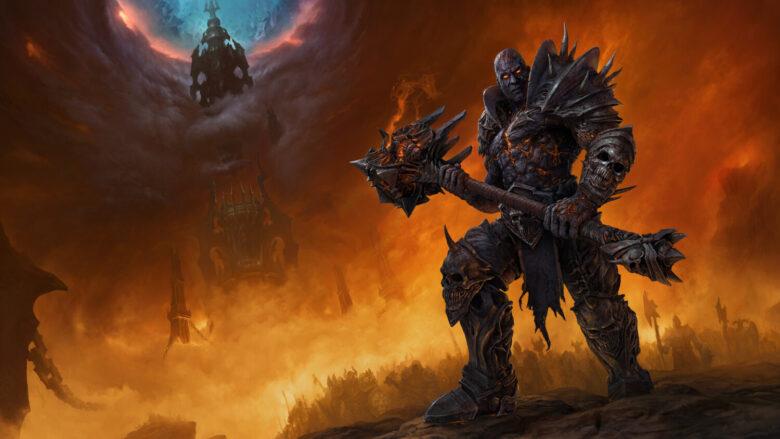
Source: techradar.com
“Shadowlands,” launched in 2020, is the eighth expansion for World of Warcraft, bringing players to the realm of the dead after Sylvanas Windrunner shatters the Helm of Domination, breaking the barrier between Azeroth and the Shadowlands.
This expansion introduces players to new zones associated with the afterlife, each governed by different Covenants that players can ally with, unlocking unique abilities, quests, and rewards. The level cap is reduced to 60 in a “level squish,” aiming to make each level gained feel more meaningful.
The Maw and Torghast, Tower of the Damned present new gameplay mechanics, the latter being an ever-changing, roguelike-inspired dungeon that challenges solo players or groups with its increasing difficulty levels.
Despite the excitement surrounding its release, “Shadowlands” received varied feedback, with praise for its atmospheric environments and storytelling, but criticism for some gameplay mechanics and systems, including the restrictive Covenant system and issues surrounding the Maw’s design. The expansion continues to evolve based on ongoing player feedback and the introduction of new content patches.
Dragonflight (2022 – Present)
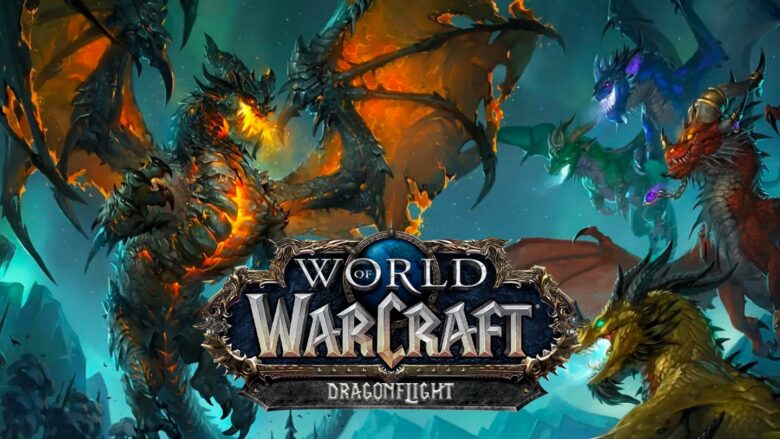
Source: instant-gaming.com
Dragonflight is the ninth expansion pack for World of Warcraft, released on November 28, 2022. It introduces a new playable race, the Dracthyr, and a new class, the Evoker. The expansion is set in the Dragon Isles, with major gameplay enhancements including a level cap increase to 70 and a revamped profession system. A notable feature is Dragonriding, where players can raise, customize, and ride dragons in a novel momentum-based flight system utilizing aerial skills.
Fastest Way To Level Up In WoW
Leveling up in World of Warcraft (WoW) can be an exceedingly time-consuming and difficult task. It demands a significant investment of time and effort to grind through the various levels, complete challenging quests, and navigate intricate dungeons. Many players find themselves stuck, unable to progress due to the game’s complexity and the level of competition.
In such scenarios, the WoW Boost Service from Overgear can emerge as the best solution. These services professionally enhance your character’s level, allowing you to enjoy the advanced stages of the game without the extensive grind. You can experience high-level gameplay, explore endgame content, and enjoy a richer gaming experience, all while saving valuable time and avoiding frustration.
Conclusion
The journey of WoW from its humble beginnings to a game with a rich tapestry of lore and endless adventures exemplifies the evolution of MMO gaming. Each expansion brought fresh perspectives and challenges, ensuring WoW’s position as a juggernaut in the gaming industry. Through all its transformations, World of Warcraft continues to provide a unique gaming experience, with a robust community that eagerly awaits what the future holds.

